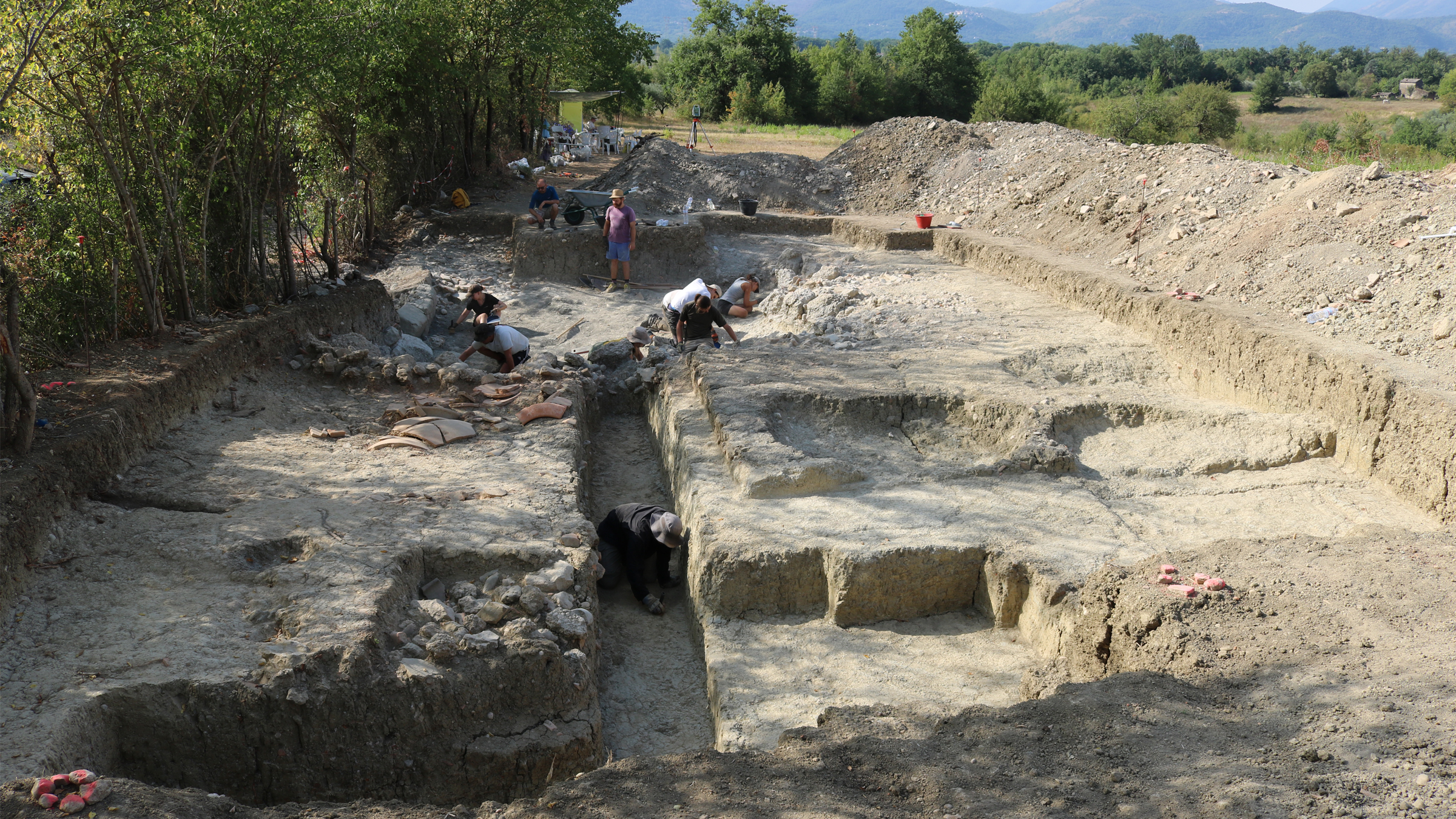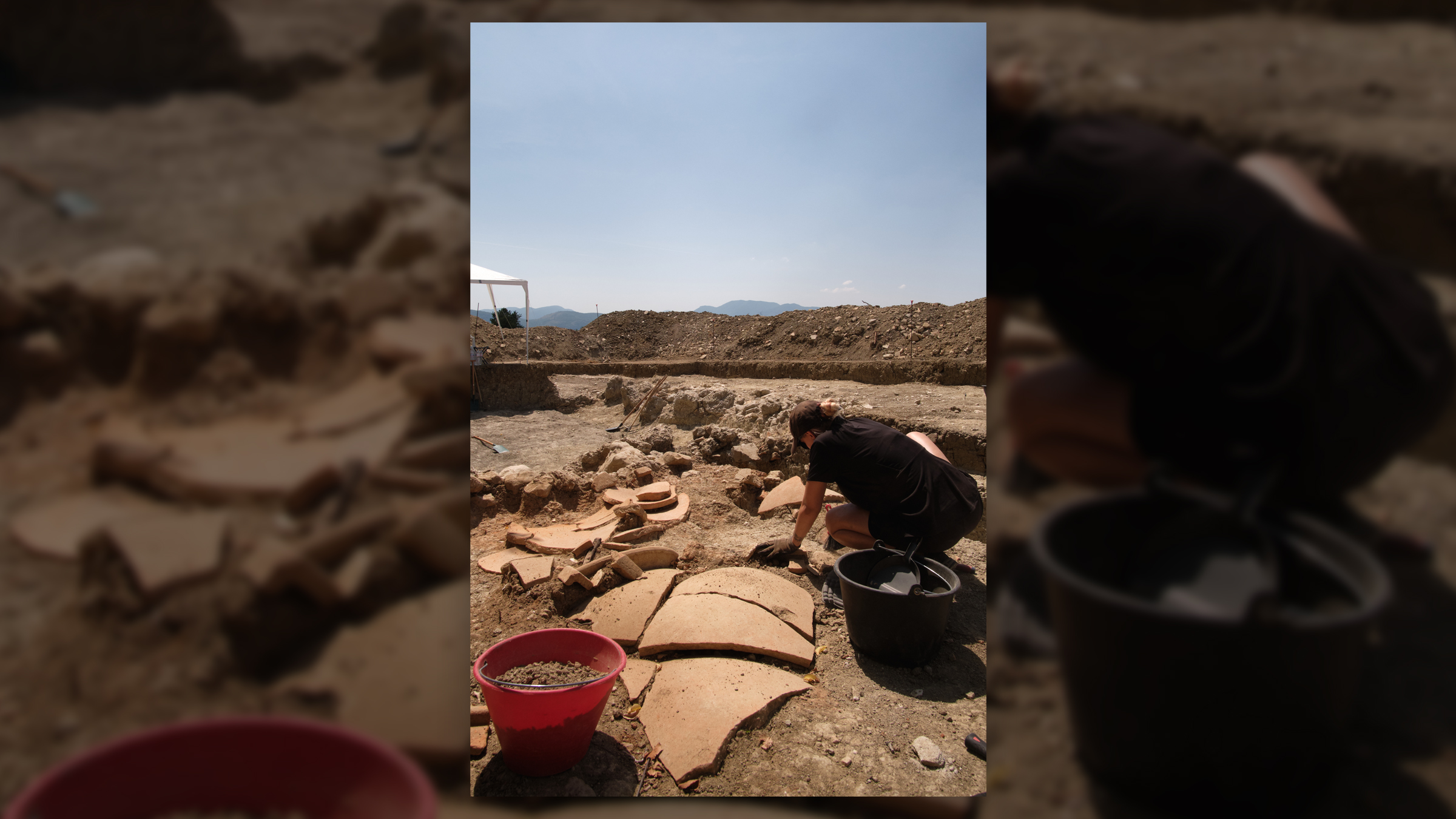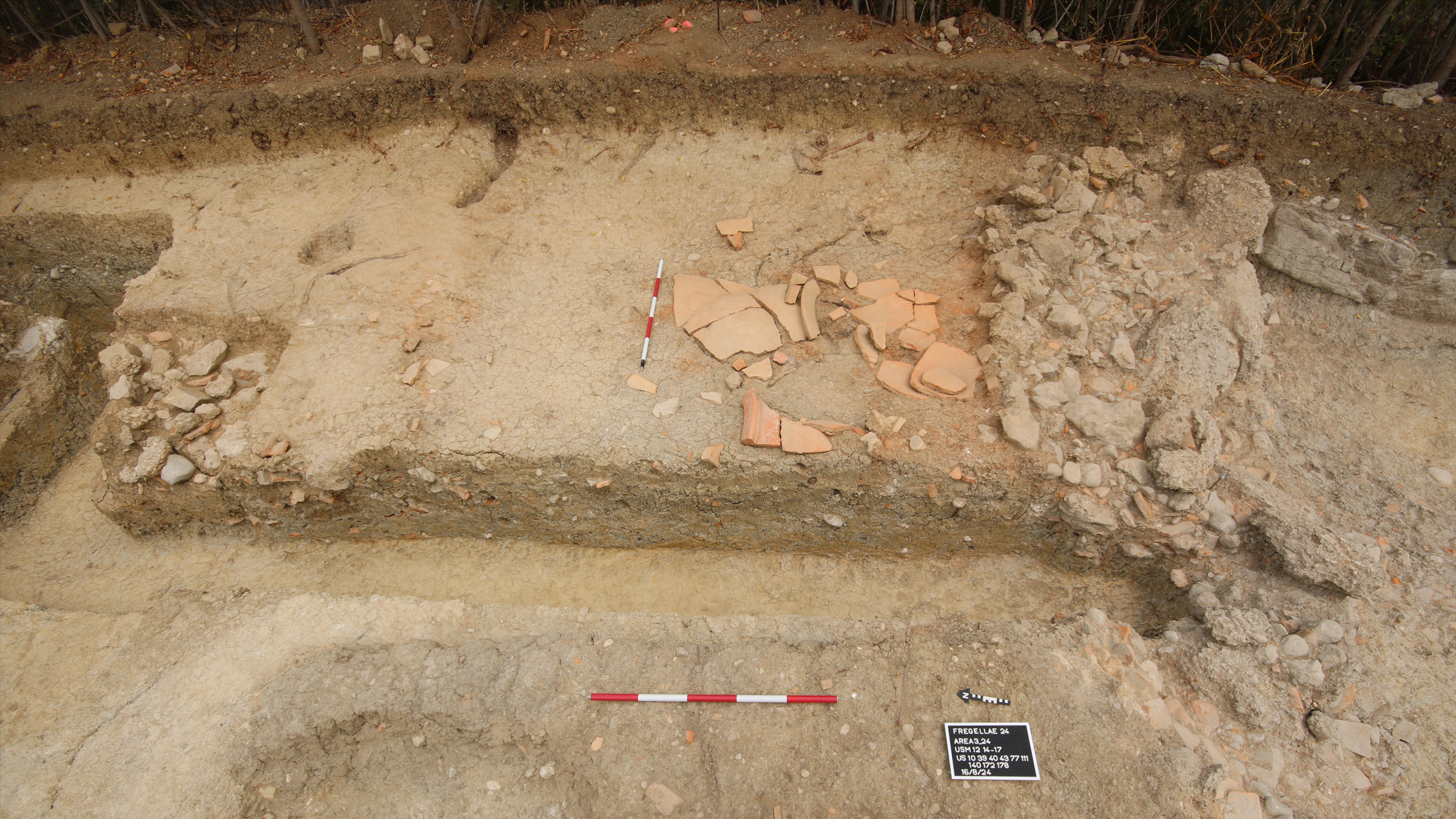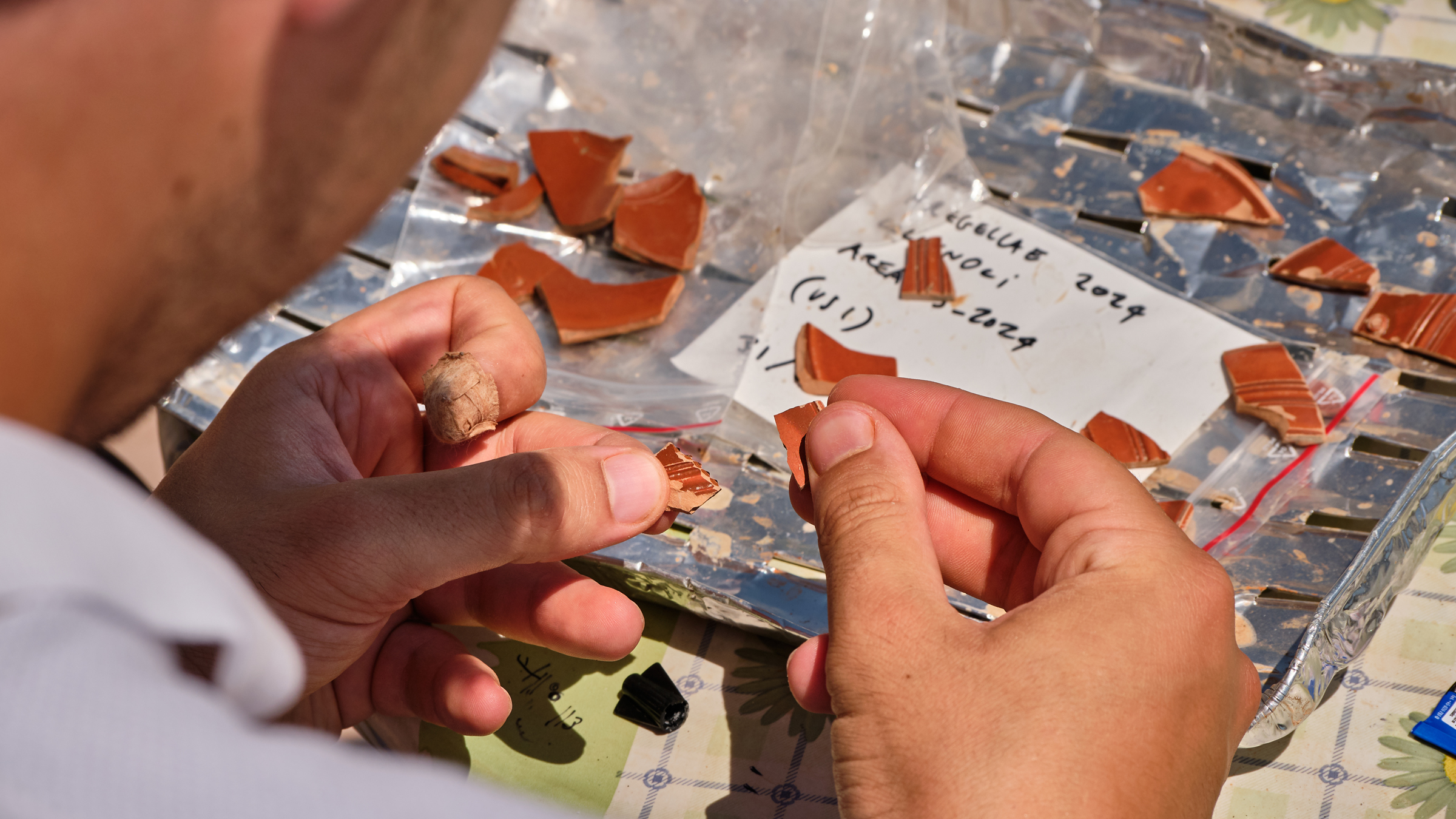Razed city that rebelled against Rome 'remained uninhabited for over 170 years,' excavations reveal
The ancient city was besieged and destroyed in 125 B.C., probably in a dispute over the rights of Roman citizenship.

A city razed by the Romans more than 2,000 years ago after its people rebelled was destroyed so badly that it "remained uninhabited for over 170 years," until it was repurposed into an ancient landfill, according to archaeologists who excavated the ancient site in Italy.
The ruins at Fregellae, about 55 miles (90 kilometers) southeast of Rome, date from the siege and destruction of the city by Roman armies in 125 B.C.
The reason for the rebellion isn't known, but archaeologists think it was because the people of Fregellae had demanded full Roman citizenship, instead of the "second-rate" citizenship — with fewer legal rights, especially regarding the ownership of public lands — that they had been granted by the Roman Republic. This long-running dispute culminated in the Social War roughly a generation later, from 91 to 87 B.C., when many of Rome’s allies in Italy demanded — and received — full Roman citizenship.
But there are few surviving historical records from the time of the Fregellae revolt, so archaeological studies are the best bet for determining what happened there, said Dominik Maschek, a professor of Roman archaeology at the Leibniz Centre for Archaeology and Trier University, both in Germany.
"It is only mentioned in two or three sources," Maschek told Live Science. "We hear about the siege, they tell us these people rebelled against the Romans, but we don't know why."
Related: 'Sensational discovery' of 2,000-year-old Roman military camp found hidden in the Swiss Alps


Roman villa
Maschek explained that Italian archaeologists first excavated the site in the 1980s and discovered the remains of murals, floor mosaics, houses and public baths.
Get the world’s most fascinating discoveries delivered straight to your inbox.
He and a team of researchers from Germany, Italy, and Switzerland have been excavating a villa on the edge of the ancient city for the past three years; and last year they also found the remains of a nearby Roman military camp, which was protected by a fortified wall and a moat.
Among the artifacts found at the villa site are large pottery vessels for storing farm produce. These and ancient seeds unearthed at the site indicate the villa was an agricultural center that produced wine, fruit and grain, probably for export to other regions and maybe overseas, Maschek said. Records of similarly sized Roman villas suggest that up to 50 people may have worked there, many of them enslaved.
But a layer of fire damage shows the villa and the crops in its fields were destroyed at the same time as the neighboring city, he said — a determination supported by the "smoking gun" of pottery fragments from the time of the revolt.


Ancient allies
Fregellae was founded as a colony city of Rome, but it seems to have included many people descended from the Samnites, a non-Roman people who originally lived in the region and were initially enemies of the Roman Republic.
Maschek noted that the issue of Samnites relocating to Fregellae had been discussed by the Roman Senate about 60 years before the revolt, but the Senate decided that the city of Fregellae should deal with the influx itself.
"The [Samnite] families who moved to Fregellae obviously thought that they would be better to live in the city with second-rate Roman citizenship, because at least they then had some sort of relationship with Rome," he said.
The few historical records from the time describe how Fregellae was besieged and destroyed by a Roman army commanded by Lucius Opimius, a praetor of the Roman Republic. This position was an elected magistrate but below the two elected consuls who headed the state.
It seems that the people of Fregellae had waited until Rome's two consuls were commanding Roman armies overseas before they started their rebellion, Maschek said, perhaps hoping the Romans would find it difficult to send yet another army.
"They were not stupid. They had been fighting alongside the Romans for a long time, so they knew how Roman campaigning worked," he said. "But they probably hadn't reckoned with the fact that the Romans would still have praetors."
Tom Metcalfe is a freelance journalist and regular Live Science contributor who is based in London in the United Kingdom. Tom writes mainly about science, space, archaeology, the Earth and the oceans. He has also written for the BBC, NBC News, National Geographic, Scientific American, Air & Space, and many others.


